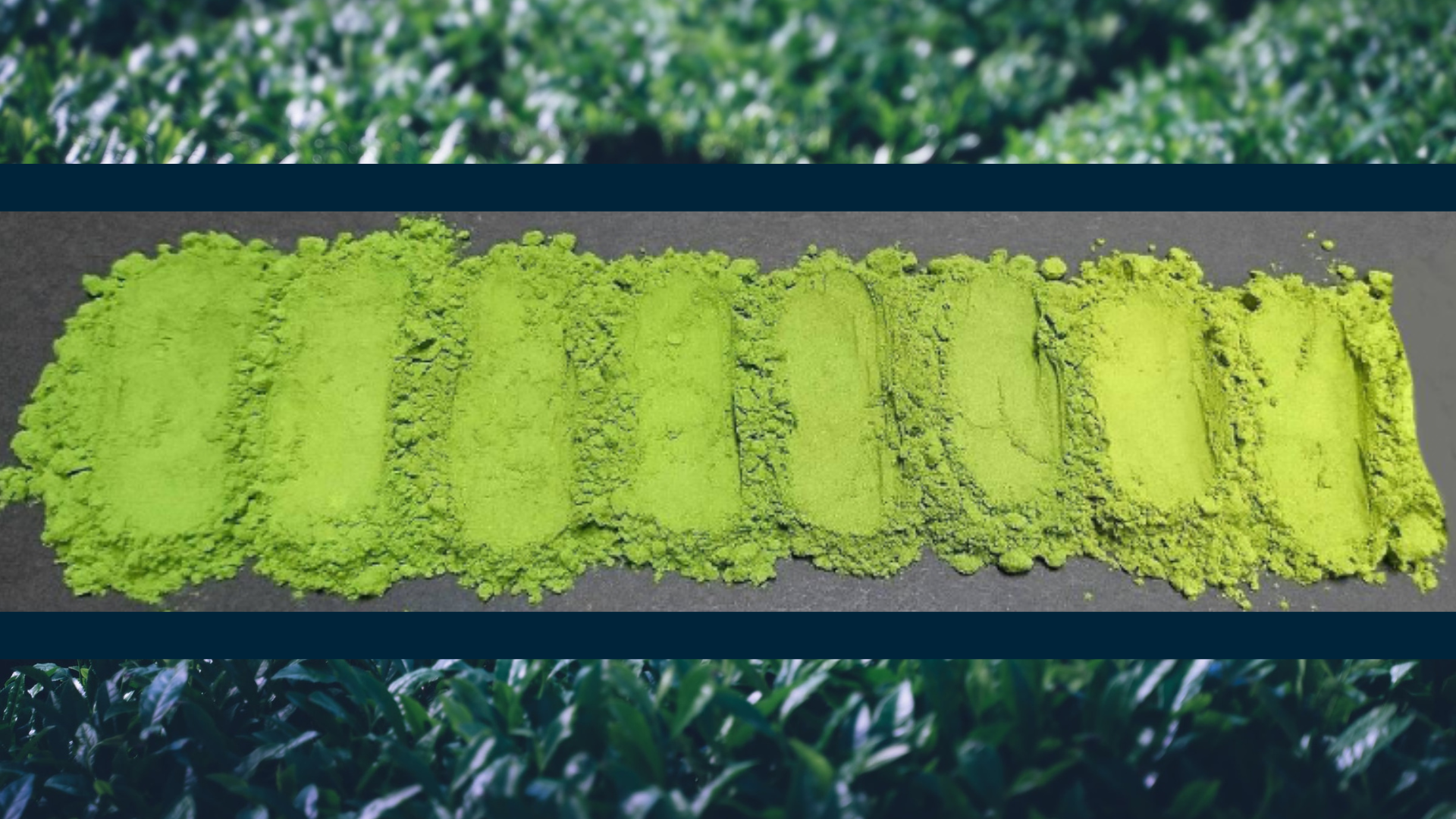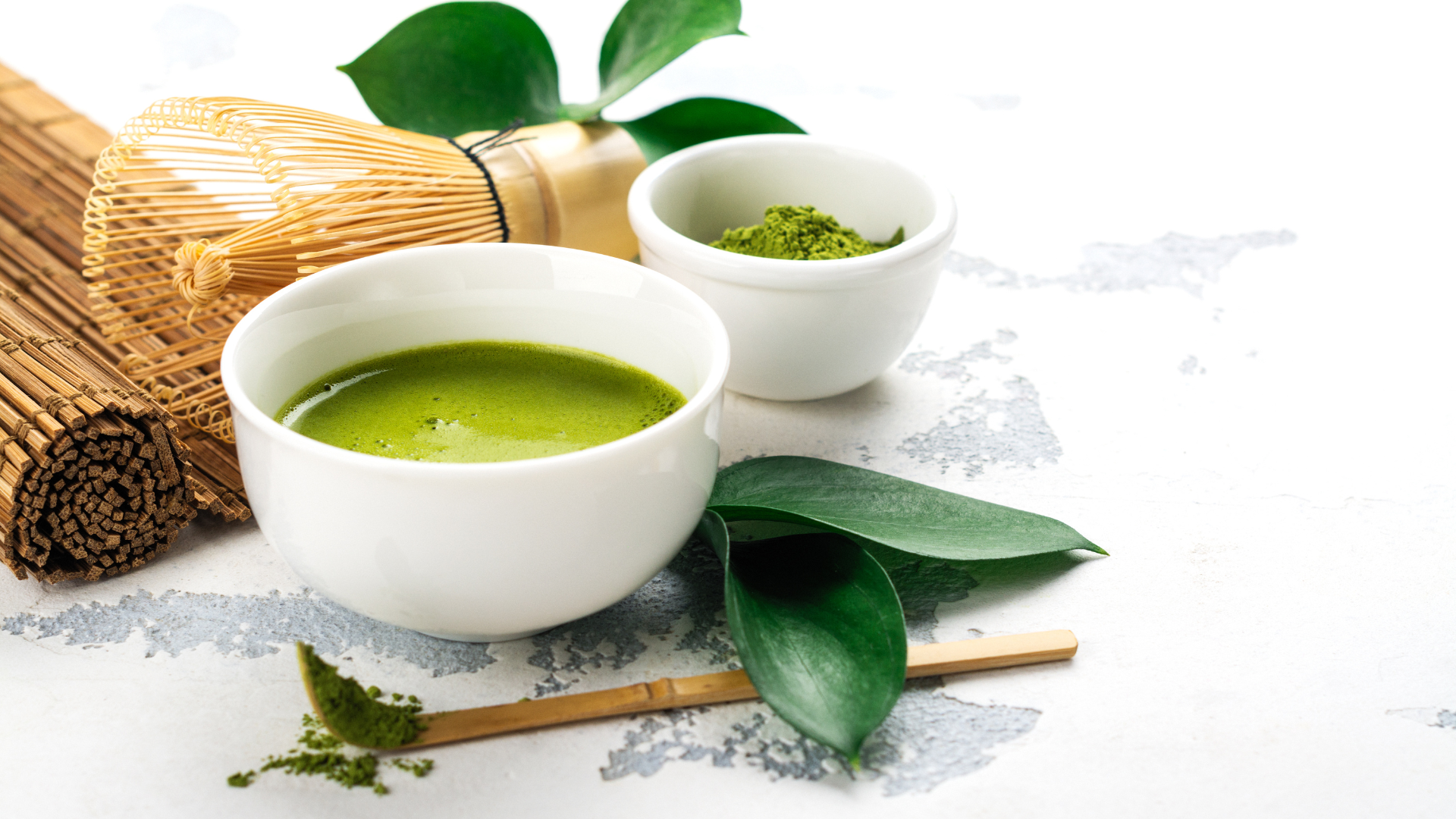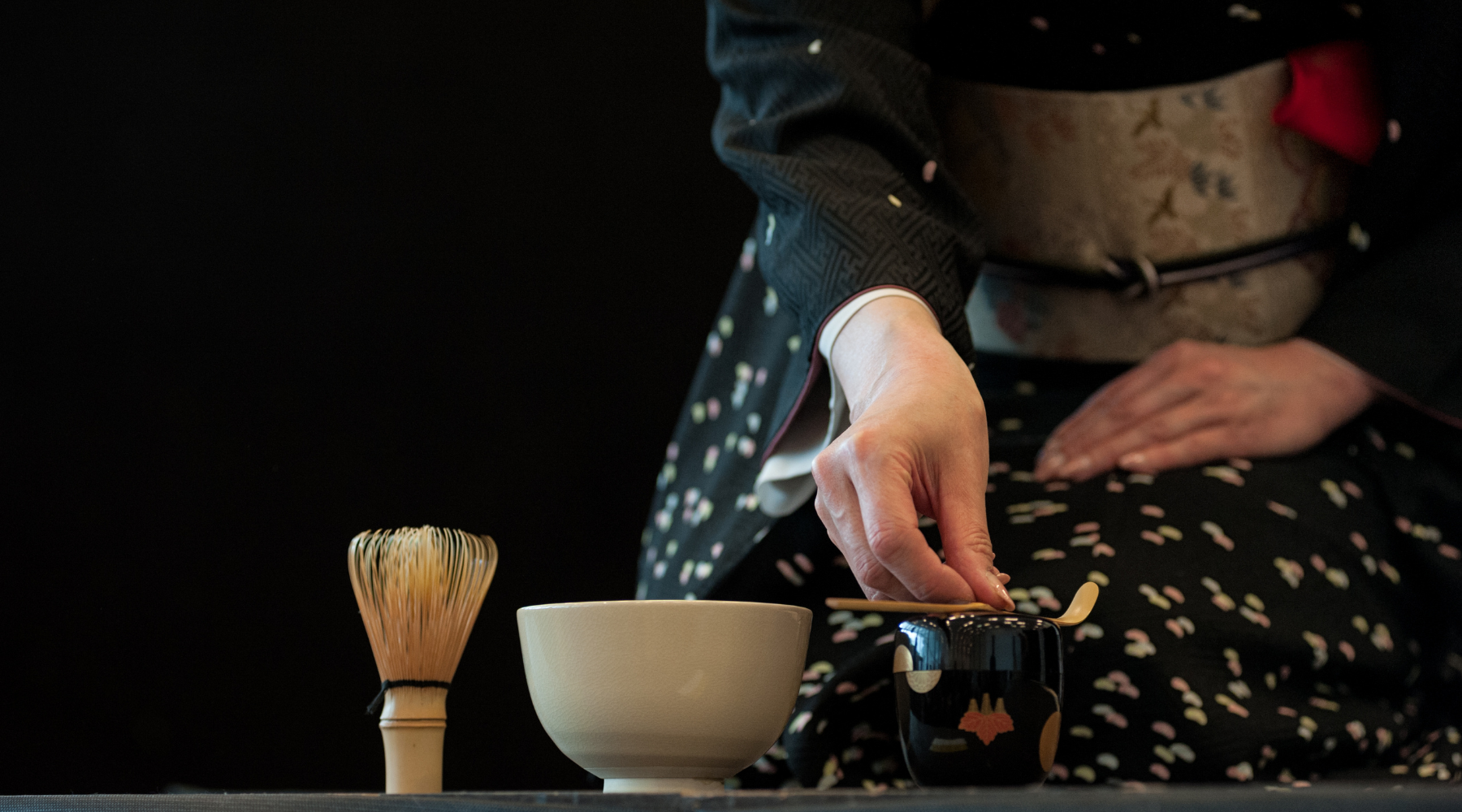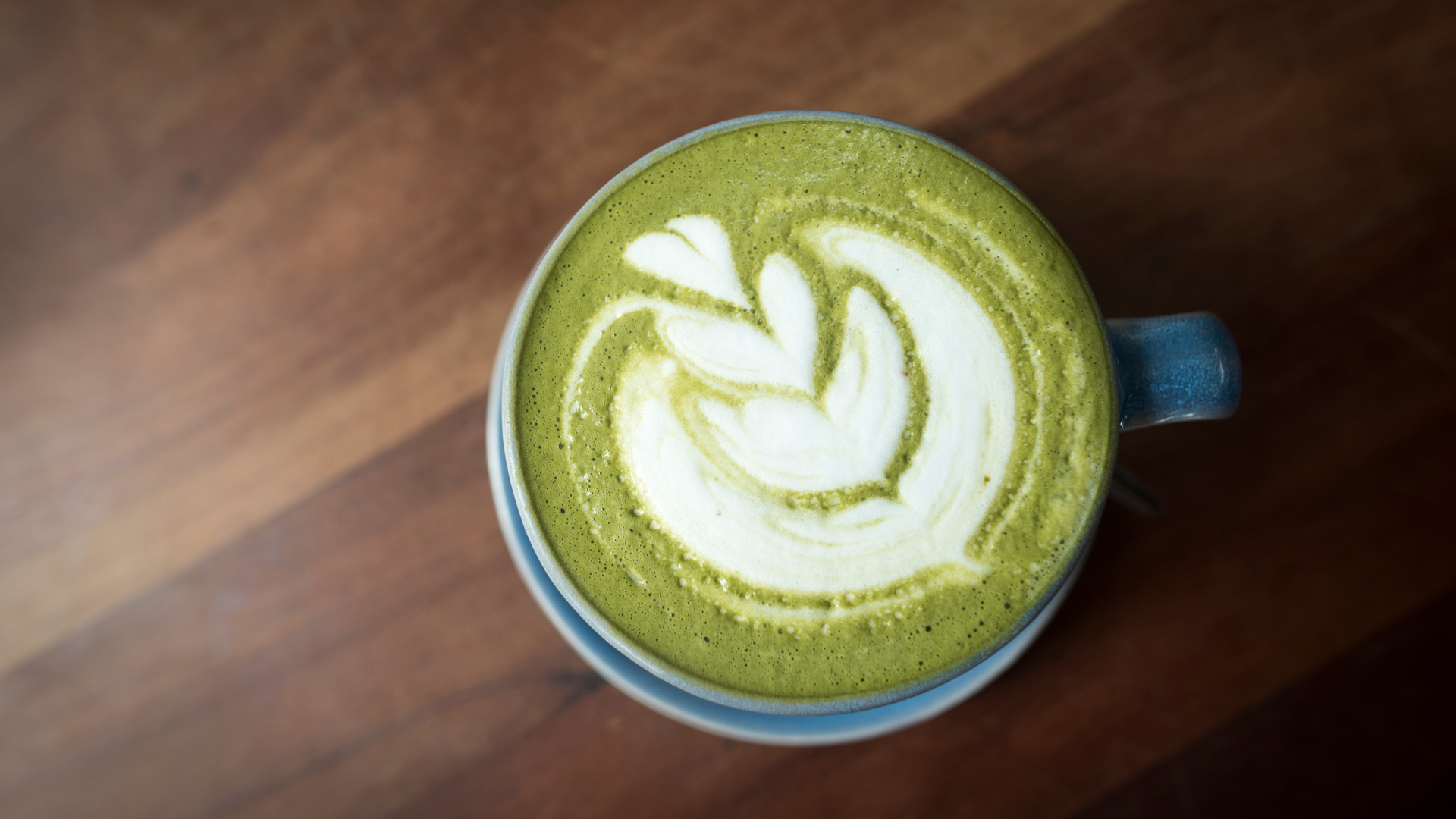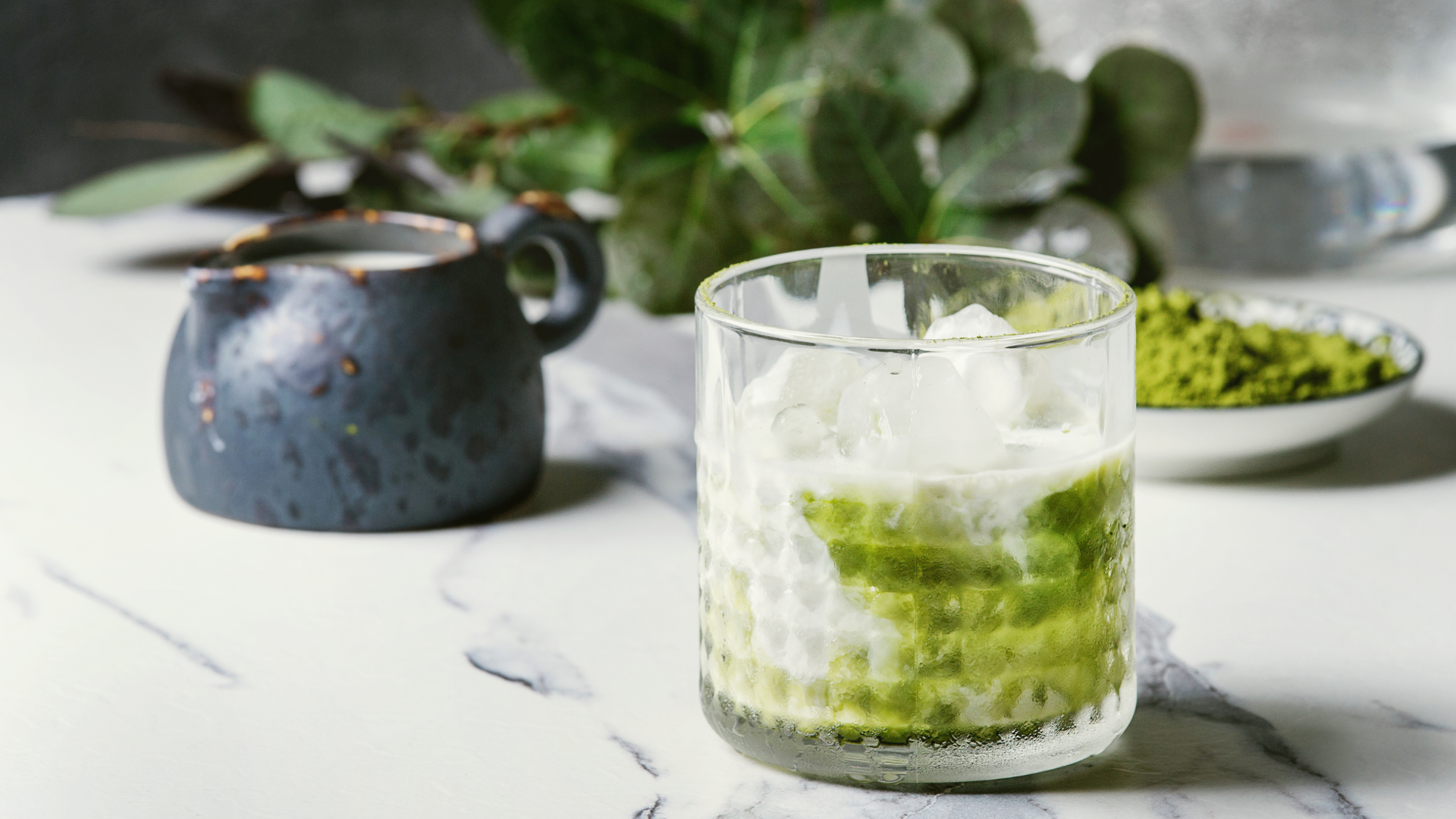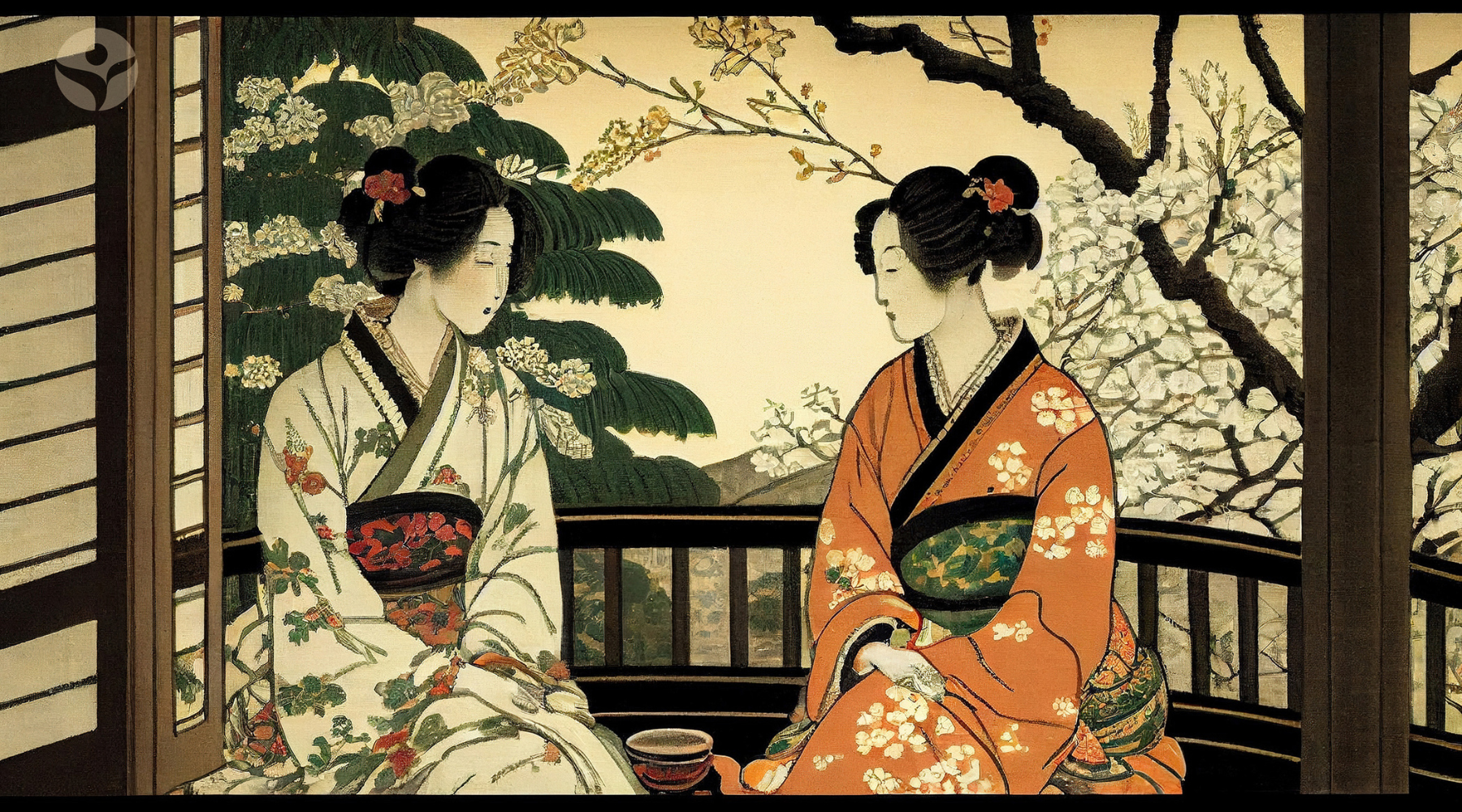
Ceremonial vs. Culinary Matcha
Introduction
Understanding the difference between ceremonial and culinary matcha is essential for anyone who appreciates the rich tradition and health benefits of this Japanese green tea. In this guide, we will delve into the nuances of these two types of matcha, exploring their unique characteristics, uses, and the factors that influence their quality.
What is Matcha?
Before we delve into the differences, let's first understand what matcha is. Matcha is a type of powdered green tea that originated in Japan. Unlike other types of tea, matcha involves consuming the entire tea leaf, which is ground into a fine powder. This method of consumption allows you to ingest all of the tea leaf's nutrients, making matcha a particularly potent source of antioxidants. For a more detailed explanation, you can visit our page What is Matcha?
Ceremonial Grade Matcha
Ceremonial grade matcha is the highest quality matcha and is traditionally used in Japanese tea ceremonies. It is made from the youngest tea leaves, with the stems and veins entirely removed. The resulting tea is a vibrant green color with a delicate taste and a slight natural sweetness.
Characteristics of Ceremonial Matcha
Ceremonial matcha is characterized by its bright green color, fine texture, and sweet, vegetal taste. It is made from the first harvest of tea leaves, known as the "first flush". These leaves are shade-grown for several weeks before harvest, which boosts their chlorophyll content and gives ceremonial matcha its vibrant color.
Uses of Ceremonial Matcha
Ceremonial matcha is traditionally used in Japanese tea ceremonies, where it is whisked with hot water and served without any additives. Its delicate flavor profile is best appreciated when consumed in this way. For more information on how to prepare matcha tea, check out our guide on How to Make Matcha Tea.
Culinary Grade Matcha
Culinary grade matcha, on the other hand, is more versatile in its uses. While it is still a high-quality product, it is made from leaves that are harvested later than those used for ceremonial grade matcha.
Characteristics of Culinary Matcha
Culinary matcha has a more robust flavor and a slightly less vibrant color than its ceremonial counterpart. It is typically made from leaves that are harvested later in the season, which are then ground into a powder that is slightly coarser than ceremonial grade matcha. This grade of matcha is also known as ingredient grade matcha or cafe grade matcha.
Uses of Culinary Matcha
Culinary matcha is primarily used in cooking and baking, where its strong flavor can shine through even when combined with other ingredients. It is excellent for use in matcha lattes, smoothies, and a variety of sweet and savory recipes. For some delicious matcha-infused recipes, visit our Delicious Matcha Recipes page.
Comparing Ceremonial and Culinary Matcha
Now that we understand what ceremonial and culinary matcha are, let's explore the difference between ceremonial and culinary matcha. The primary differences lie in the harvest time, processing, flavor profile, and intended use.
Harvest Time
Ceremonial matcha is made from the first harvest of tea leaves in the spring, known as the first flush, or ichibancha in Japan. These leaves are the youngest and most tender, resulting in a smoother and sweeter flavor. Culinary matcha, on the other hand, is made from leaves harvested later in the year. These leaves are more mature and yield a stronger, more robust flavor.
Processing
Both ceremonial and culinary matcha undergo a similar processing method, where the leaves are steamed, dried, and then ground into a fine powder. However, ceremonial matcha is ground more finely, resulting in a smoother texture and a more refined flavor.
Flavor Profile
Ceremonial matcha is characterized by its sweet, vegetal flavor with a slight umami taste. It's smooth and delicate, making it perfect for traditional tea ceremonies where it's consumed on its own. Culinary matcha has a more robust flavor with a slight bitterness, making it ideal for use in recipes where the matcha flavor needs to stand out.
Intended Use
Ceremonial matcha is intended to be consumed on its own, whisked with hot water in a traditional Japanese tea ceremony. Culinary matcha, however, is intended for use in cooking, baking, and beverage creation, where its strong flavor can complement other ingredients.
The Role of Matcha in Japanese Tea Ceremony
The Japanese tea ceremony, also known as the Way of Tea, is a cultural activity involving the ceremonial preparation and presentation of matcha. Ceremonial grade matcha is exclusively used in these ceremonies. The tea ceremony is not just about drinking tea, but is about aesthetics, preparing a bowl of tea from one's heart, and each moment's fleeting beauty. Learn more about the Role of Matcha in Japanese Tea Ceremony.
Health Benefits of Matcha
Regardless of the grade, matcha is packed with health benefits. It is rich in antioxidants, particularly catechins, which are believed to act as powerful anti-inflammatories. Matcha is also a source of L-theanine, an amino acid that promotes relaxation without drowsiness, making it a popular choice for stress relief. For more detailed information on the health benefits of matcha, visit our Health Benefits of Matcha page.
Choosing the Right Matcha for You
When it comes to choosing between ceremonial and culinary matcha, it ultimately depends on your intended use. If you wish to enjoy matcha in its purest form, ceremonial matcha is the way to go. However, if you're looking to incorporate matcha into your cooking or daily lattes, culinary matcha would be a more cost-effective choice.
FAQs
Final Thoughts
Understanding the difference between ceremonial and culinary matcha is key to appreciating this versatile and healthful green tea. Whether you're savoring the delicate sweetness of ceremonial matcha in a traditional tea ceremony or enjoying the robust flavor of culinary matcha in a latte or baked good, there's a matcha for every occasion.
We invite you to explore the world of matcha with our certified organic Uji matcha, which is of ceremonial grade. You can shop for it here. We also offer wholesale matcha and hojicha to our worldwide customers. For more information on our wholesale offerings, visit our wholesale matcha page.

